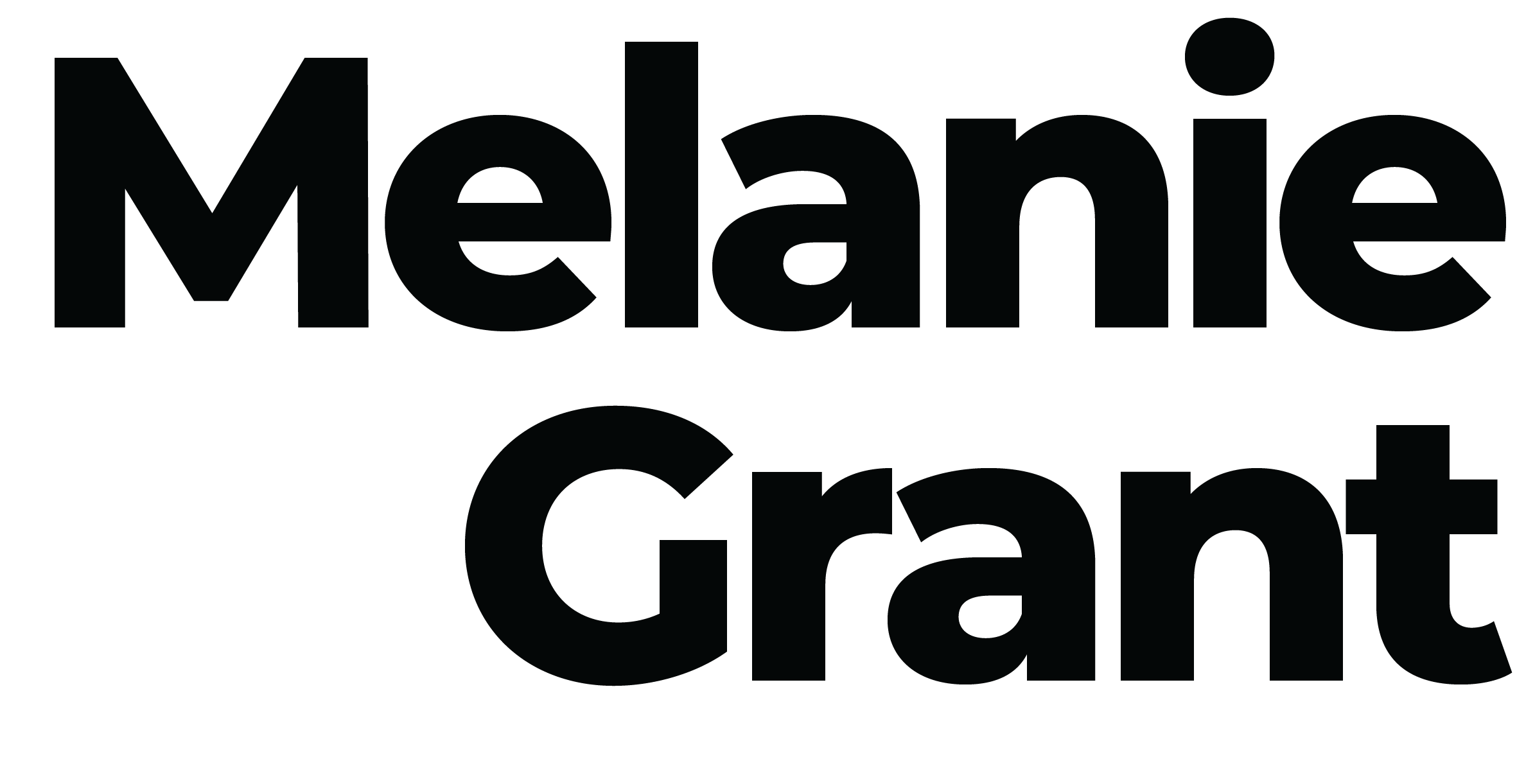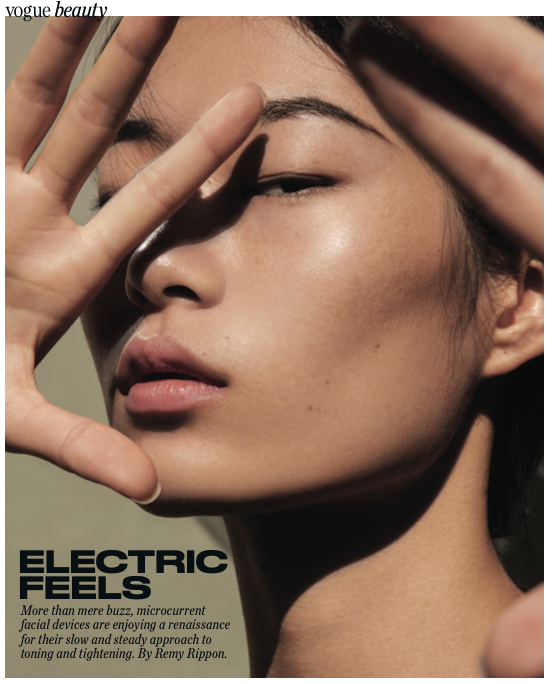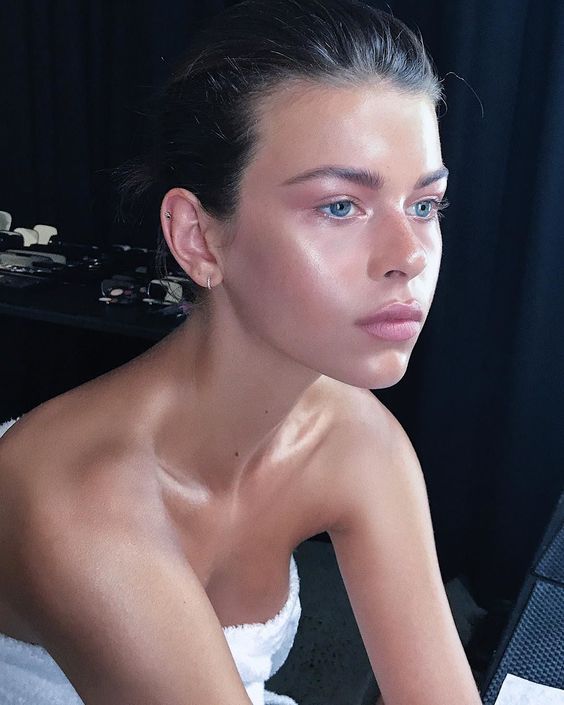It may sound like the stuff of sci-fi, but right now the 42 muscles that make up your face are pulsing with electricity. That’s right, the miniscule cells – of which there are millions – that lie beneath the surface are surrounded by a bioelectric field, which can be powered up like a battery using low-voltage currents. This isn’t groundbreaking: scientists have known the inner workings of our cells for years, but what’s catching the attention of dermatologists, facialists and beauty experts alike, is how low-level stimulation of these cells using hand-held microcurrent devices can boost collagen and elastin as well as lift, sculpt and increase circulation.
To understand how we can literally plug into better skin, it helps to wrap your head around something called adenosine triphosphate, or ATP. This small but mighty molecule is like the energy control centre of our cells, powering almost every cell and muscle in the body, including those in our face. “Young cells produce optimal energy, like a fully charged battery,” says Emma Nowakowski, director of global education and training at NuFace, a brand that pioneered at-home electrical current devices. “Ageing causes ATP production within cells to slow and cells stop performing at their optimum. Think of the body functioning with only a half-charged battery. Add to that factors like lifestyle choices, daylight and environmental exposure that wreak additional havoc on our skin.”
Hand-held microcurrent gadgets, such as NuFace’s bestselling Trinity, work on the premise that low-frequency electrical currents, which mimic the body’s naturally occurring electric circuits, can temporarily reboot these ATP stores. “The skin’s really just a conduit so that you get that electricity into your facial muscles,” says Dr Shyamalar Gunatheesan, dermatologist at Melbourne’s soon to be opened Ode Dermatology. “The idea is that you would stimulate the facial muscles and produce ATP, the cellular currency, and that would in turn make you produce more collagen and elastin.”
“When you’re getting that ATP spike it’s amazing and you really do see your skin looking so much better,” explains Melanie Simon, a US-based aesthetician and founder of the Ziip device. “The bummer is that although it’s been proven through clinical studies that microcurrent and nanocurrent can spike ATP production up to 500 per cent, ATP cannot be stored so I typically see it falling off at about the 72-hour point.”
Therein lies the crux of why these devices are enjoying a resurgence: the repetitive ATP spike you can create in the comfort of your bathroom may actually trump bolder one-off treatments in terms of efficacy. It’s for this reason that skincare buffs like Simon and facialist Melanie Grant – who boasts eponymous salons in Sydney, Melbourne and Los Angeles – consider regular self- administered microcurrent facials a neat addition to in-clinic appointments. “Incorporating nanocurrent within your facial massage routine supercharges the results, increases the potency of your products, and you’ll see a reduction of fluid and puffiness by stimulating blood flow,” says Grant. “It’s those little progressions that are actually better. You might do something intense to correct a background problem and then maintenance is really about loving your skin very gently and not overpowering it,” adds Gunatheesan.
The research isn’t as clear-cut. The most promising data, published by the US National Institutes of Health’s National Library of Medicine, found a link between the use of low-level microcurrent
technology and wound healing, but so far the effect the same currents have on our faces isn’t as widely examined. “There isn’t mind-blowing randomised controlled trials, but we know that the microcurrent does go directly into one thing called the Golgi tendon organ, so these are the kind of energy powerhouses of our muscles to contract and twitch,” explains Gunatheesan.
Despite this, microcurrent and nanocurrent technology rely on the age-old thinking that when it comes to managing our skin, it’s a marathon and not a sprint. It’s also why many devices switch between shorter and longer wavelength settings. “Nanocurrents are smaller electrical wavelengths that penetrate deeper layers of the skin while microcurrents will target the muscles on the upper layers of the skin, so they can be used separately or together,” says Grant, who recommends a combination of both to her clients.
The simplest way to think about these targeted treatments is to consider the muscles in your face the same way you would your abs, glutes or biceps during a sweat session: the more you flex it, the stronger it gets. “But just like a workout, you have to maintain it,” says Simon. Consistency is key: Simon recommends using the Ziip at least three times per week, and to switch up the usage based on your concerns (pigmentation, breakouts, enlarged pores, fine lines, puffiness or sagging).
Ranging from four to 12 minutes, the mini workouts are swift, and the device – which fits neatly into the palm of your hand – syncs to an app loaded with step-by-step tutorials for each dedicated treatment. The conductive gel, which is similar to the gel squeezed onto pregnant bellies before an ultrasound, is non-negotiable from neck to hairline pre-treatment, but you may still notice the occasional tingle as the low-voltage current gets to work.
“They are relatively painless with no recovery time required, which makes for a perfect treatment when instant results are required. The results are both immediate and cumulative following the treatment, leaving the skin toned and plumped,” explains Grant of the lifting effect you may notice within minutes of passing this device over the skin. The other advantage? Although the thought of administering electrical currents to the face may sound hard-hitting, even the most sensitive skin types will reap the benefits of nanocurrents and microcurrents alike. “There isn’t anything more universal than electrical current – our bodies are run completely off electrical frequencies,” says Simon emphatically. “Everyone’s skin benefits from having this good energy put back into the skin every day.”
By Remy Rippon for Vogue Australia, May 2021.
[/vc_column_text][/vc_column][/vc_row]





